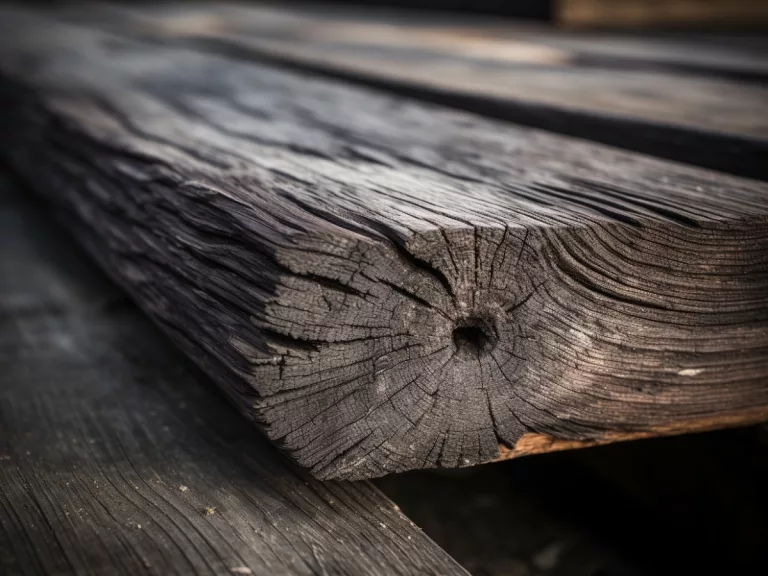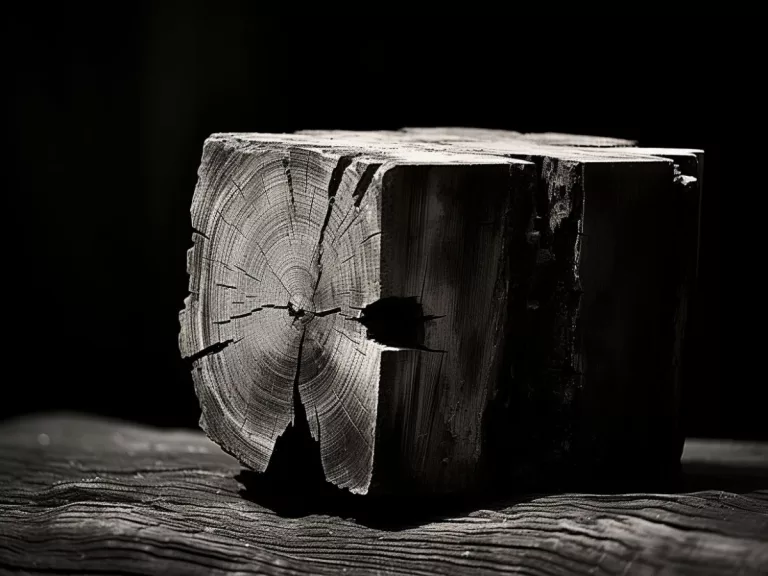Ash vs White Oak: A Comparative Exploration of the Trees
In this concise overview, we compare “Ash vs White Oak” – two prominent tree species in the realms of forestry, woodworking, and environmental significance. Our comparison covers their botanical traits, growth patterns, habitat preferences, and wood properties. This article aims to illuminate the distinct characteristics of each species, offering key insights for those interested in horticulture, forestry, and woodworking.
Differences (Ash vs White Oak)
1. Botanical Characteristics
| Aspect | American Ash/ White Ash/ Ash Tree (Fraxinus americana) | White Oak Tree (Quercus alba) |
|---|---|---|
| Leaves | Compound with 5-11 leaflets, elongated shape, opposite arrangement Image source: Carolina Nature | Simple, lobed with rounded edges, alternate arrangement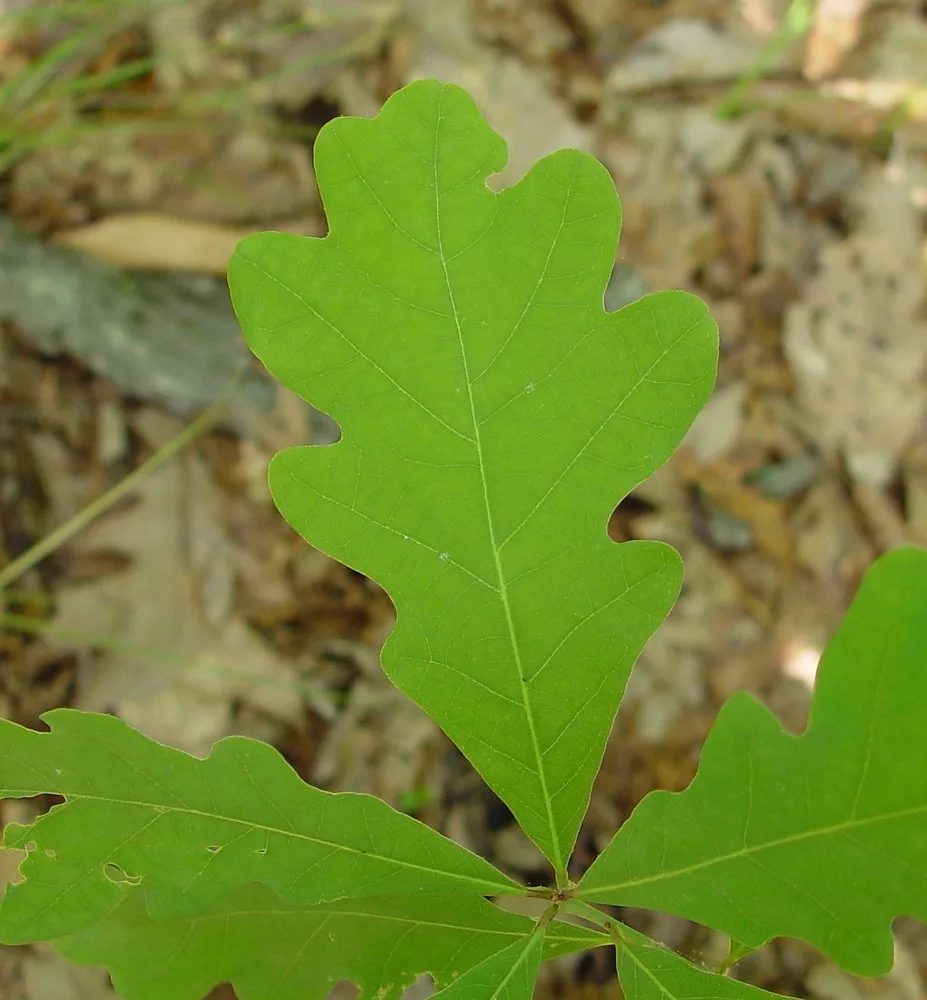 Image source: Arthur Haines |
| Bark | Smooth in youth, becomes furrowed and diamond-patterned with age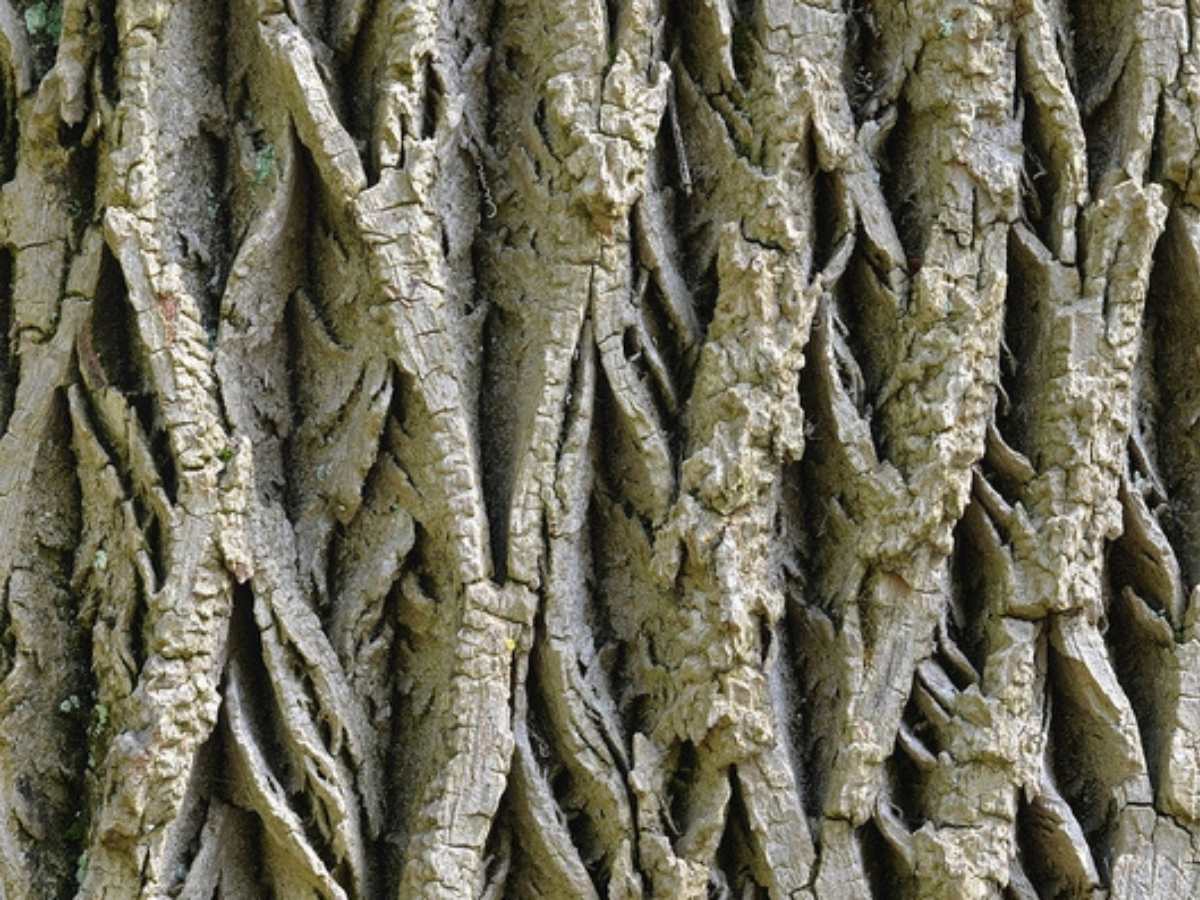 Image source: Image source: Carolina Nature | Light gray, rugged, and deeply furrowed over time Image source: Arieh Tal |
| Flowers | Small, purplish, petal-less Image source: Image source: Carolina Nature | In catkins, sometimes inconspicuous. Image source: Arieh Tal |
| Fruits | Samara (winged seed)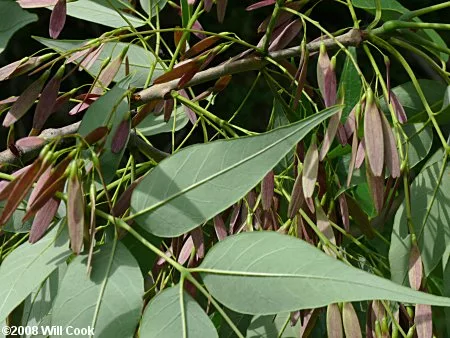 Image source: Image source: Carolina Nature | Acorn with distinctive cap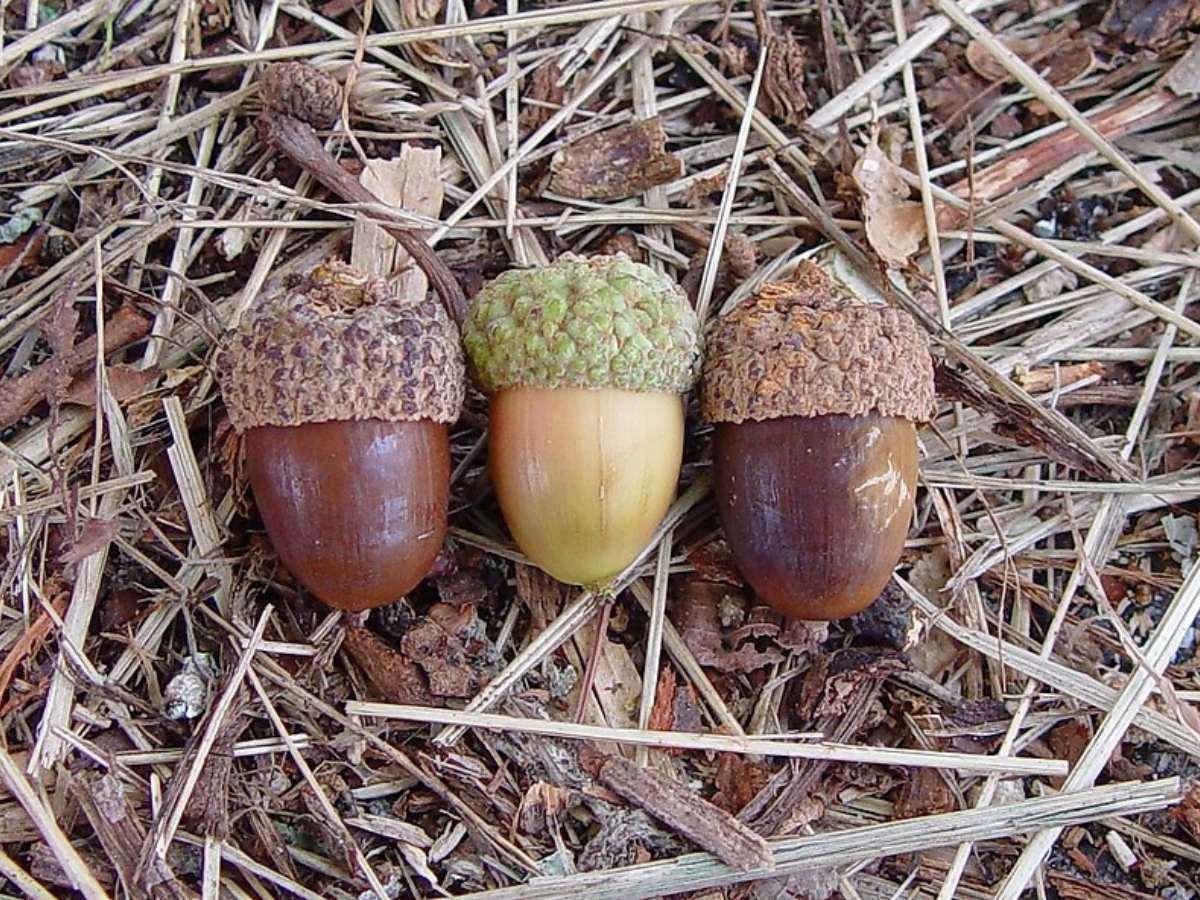 Image source: Arthur Haines |
Here’s a video demonstration of identifying ash wood,
How do these woods differ in appearances? Here’s a video on this.
2. Growth and Propagation
| Aspect | Ash Tree | White Oak Tree |
|---|---|---|
| Propagation | Through seeds (samaras), requires stratification | Acorns, often require a cold period |
| Sunlight | Prefers full sun, tolerates partial shade | Prefers full sun, adaptable to light conditions |
| Root System | Deep root system | Deep taproot, develops into widespread roots |
| Height | Typically 60-80 feet (18-24 meters), can be taller (image source: North Carolina State University) | Generally 80-100 feet (24-30 meters), can exceed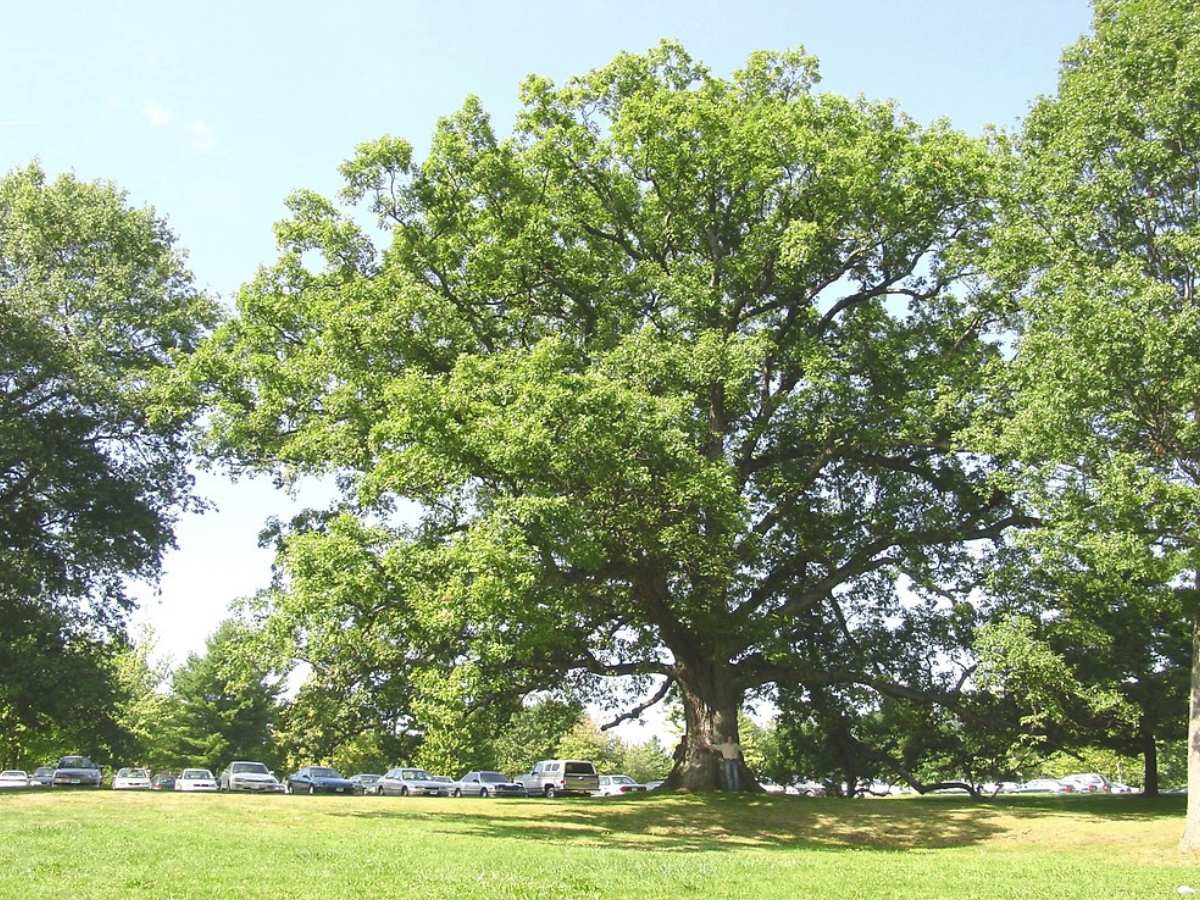 (image source: Glenn Dreyer) |
3. Habitat and Distribution
| Aspect | Ash Tree | White Oak Tree |
|---|---|---|
| Habitat | Moist, well-drained soils, forests, and along streams | Variety of habitats, favors well-drained soils |
| Distribution | Widely distributed across North America and Europe | Native to eastern North America |
4. Wood Characteristics
| Aspect | Ash Wood | White Oak Wood |
|---|---|---|
| Hardness | Known for strength and elasticity, suitable for furniture and sporting goods | Extremely durable, resistant to rot, used in outdoor applications and fine woodworking |
| Uses | Furniture, flooring, cabinetry, sporting equipment | Boatbuilding, outdoor furniture, flooring |
5. Environmental Considerations
| Aspect | Ash Tree | White Oak Tree |
|---|---|---|
| Pest/Disease | Threatened by pests like the emerald ash borer | Resilient to pests, can be affected by oak wilt disease |
6. Woodworking Comparison
| Aspect | Ash Wood | White Oak Wood |
|---|---|---|
| Grain and Texture | Straight grain, coarse texture | Straight grain, medium to coarse texture |
| Workability | Easy to work with, good for bending | Harder to work, excellent for joinery |
| Finishing | Takes stains and finishes well | Requires careful finishing, reacts well to oils |
| Durability | Good strength, less rot-resistant | Highly durable, excellent rot resistance |
| Common Uses | Furniture, sports equipment, tool handles | Outdoor furniture, flooring, boatbuilding |
| Aesthetic | Lighter color, less prominent grain pattern. | Richer color, pronounced grain pattern. |
| Flooring | Ash flooring provides a lighter appearance with excellent strength and flexibility. | Oak flooring offers enhanced durability and a rich color tones. |
| Cost | Generally less expensive | More expensive, especially in high grades |
I once faced a choice between Ash and White Oak for an outdoor furniture project. Initially inclined towards Ash for its workability, I ultimately chose White Oak for its superior durability and rot resistance, crucial for outdoor conditions. Though White Oak was harder to work with, requiring sharper tools and more patience, the end result was rewarding. The finished patio set was not only aesthetically pleasing with its rich, warm tone but also robust enough to withstand the elements, demonstrating the importance of selecting the right wood for specific project needs.
Conclusion
Both the woods have distinct qualities that make them valuable to woodworkers. Ash, with its straight grain and ease of workability, is ideal for projects requiring flexibility and strength, such as furniture and sporting goods. White Oak, on the other hand, is renowned for its durability and rot resistance, making it a preferred choice for outdoor furniture, flooring, and boatbuilding. While Ash is generally more affordable and easier to work with, White Oak offers a richer aesthetic and superior longevity, albeit at a higher cost. Ultimately, the choice between white oak vs ash will depend on the specific requirements of the woodworking project and the desired final appearance.
Related Resources
- Department of Natural Resources, Minnesota
- Wood Identification Guide by Mississippi State University Extension Service
FAQs
What is the difference between ash and white oak?
Ash is lighter, has a straight grain, and is more flexible, while White Oak is heavier, more durable, and rot-resistant. Additionally, White Oak is harder to work with but offers greater longevity, especially in outdoor environments.
Does ash look like white oak?
Not quite. Ash typically has a lighter color and a less pronounced grain pattern compared to the richer, more distinct grain of White Oak.
Is ash better than oak?
It depends on the application. Ash is better for flexible, impact-resistant items, while White Oak is superior for outdoor use and durability.
Which is heavier, white oak or ash?
White Oak is heavier and denser than Ash.

